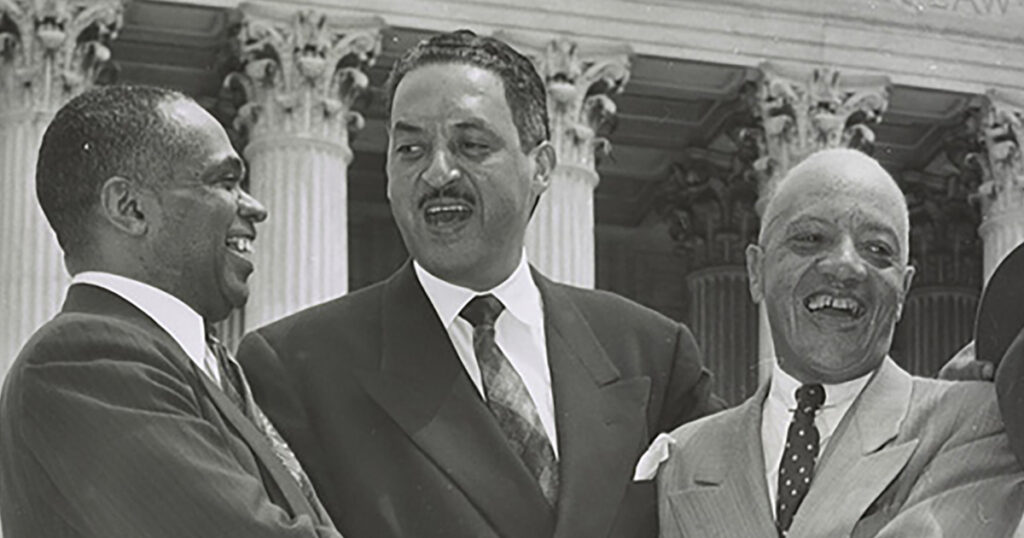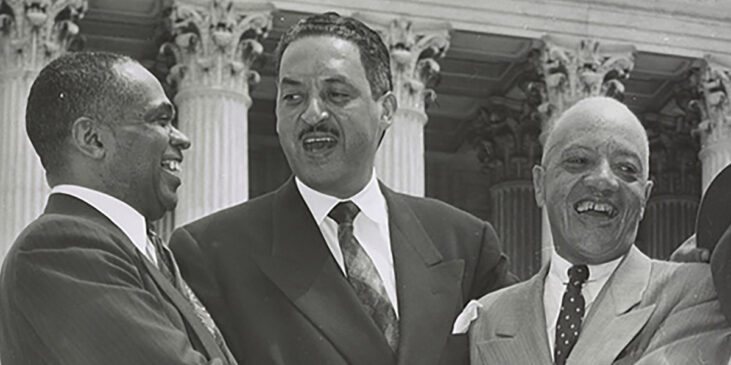
On the 70th anniversary of the Brown v. Board of Education decision, New York Law School’s Racial Justice Project reflects on the decision’s impact and legacy.
On May 17, 1954, the United States Supreme Court decided the landmark case of Brown v. Board of Education, declaring, “in the field of public education, the doctrine of ‘separate but equal’ has no place.” The Court employed the Equal Protection Clause of the Fourteenth Amendment to the United States Constitution to rule that public schools could no longer pass laws requiring segregation of students based on race.
Seventy years later, Brown continues to be regarded as one of the most important decisions the Supreme Court has ever issued. Brown’s impact can be felt in all areas of American life. Following Brown, the Court issued a series of decisions that desegregated public facilities. And Brown looms large in contemporary debates involving racial equality, reparations, educational policy, constitutional theory, and Supreme Court reform.
Brown was not necessarily the panacea for which many Americans had hoped. The legacy of Brown is complicated and contested. Starting with Brown II, the Court issued a series of decisions that severely curtailed Brown’s potential, ruling, for example, that there is no constitutional right to an education, metropolitan-wide desegregation decrees and “reverse discrimination” are unconstitutional, plaintiffs must prove intent to discriminate in Equal Protection cases, and race-based affirmative action is apparently unconstitutional. Public schools are as or more segregated as they were pre-Brown, and as an institution based in New York City, the Racial Justice Project is keenly aware that our own public education system is one of the most racially segregated in the country.
Despite these setbacks, the enduring power of Brown is that it represents an America that recognizes its history of systemic racism and strives toward equality and fairness for all. Dr. Martin Luther King Jr. reminded us that “the arc of the moral universe is long, but it bends toward justice.” If Dr. King was right, as he so often was, then Brown stands as a starting and end point of this arc, reminding us that the struggle for justice might be difficult but inspiring us to persist.

